Gardeners have different philosophies about what to plant in their gardens each year.
Some like to specialize in a small handful of things. Some are only interested in flowers and just prefer to buy their veggies. Most gardeners, however, prefer to grow a wide diversity of plants to grow in their garden.
We generally fall into the “wide diversity” camp, preferring to grow a large number of plants in our garden. Every plant we grow is an opportunity to learn and potentially experiment with.
In this post, we’ll attempt to help you determine the things you might want to grow, the factors that go into variety selection and we also offer criteria for figuring out what might be best to grow.
Get To Know Your Area & Growing Season
It’s important to understand your growing area and what does well in your particular area.
Your climate has a lot to do with what you can successfully grow, as well as what you can’t. We like to call this process “growing with a mind for your climate.”
It’s important to recognize that one climate isn’t necessarily “better” than another. They are simply going to be different from one another.
For example, you’re not going to grow outdoor okra particularly well at subarctic latitudes. Conversely, you’re also not going to be successful with growing broccoli in the heat of an Arizona summer.
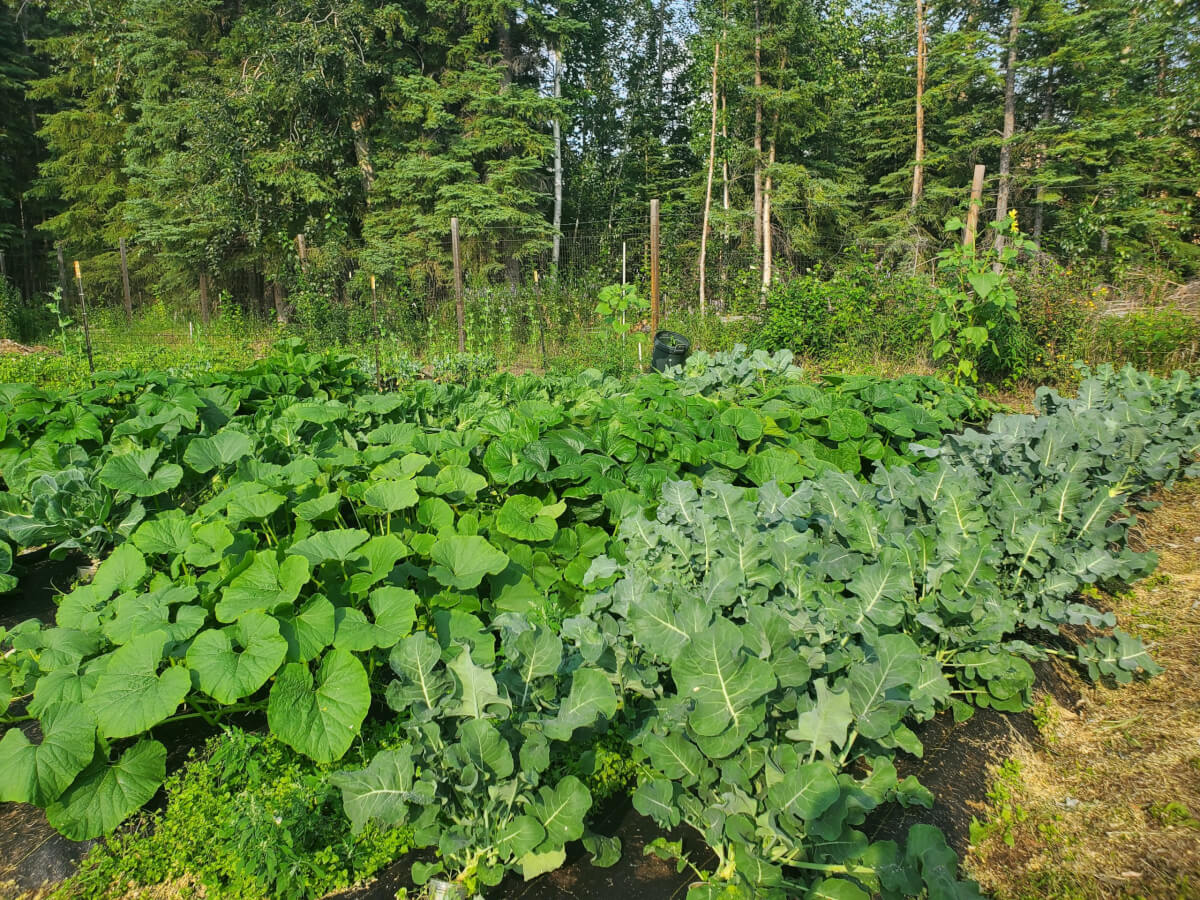
But, let’s also remember that climate and weather are not the same things. You can live in a cold climate and have warm summers. You can also live in a hot climate and have below freezing winters.
For the most part, plants have “preferred environments” that they want to grow in. Some prefer warmer temperatures, some cooler temperatures. When you’re growing in climate extremes, it becomes important to understand this information more deeply.
Additionally, you should have a basic understanding of how many growing days you have. This is all the days between average first and last frosts.
The reason you need to know this is if a plant requires 160 growing days and you have 110 available to you in your area, you just don’t have enough frost free days to grow that plant.
While a good “Indian summer” can offer 5 to 20 additional days to your growing season, there’s just no good way to know that will happen ahead of time. It’s always best to plan for your average growing season.
Your primary gardening efforts of what to plant in your garden should focus on things that are known to do well in your area and growing season.
Your Zone Doesn’t Matter In Gardening!
You may have heard of zones in relationship to gardening.
A gardening zone is basically the process of dividing up the various climates across given geopolitical boundaries.
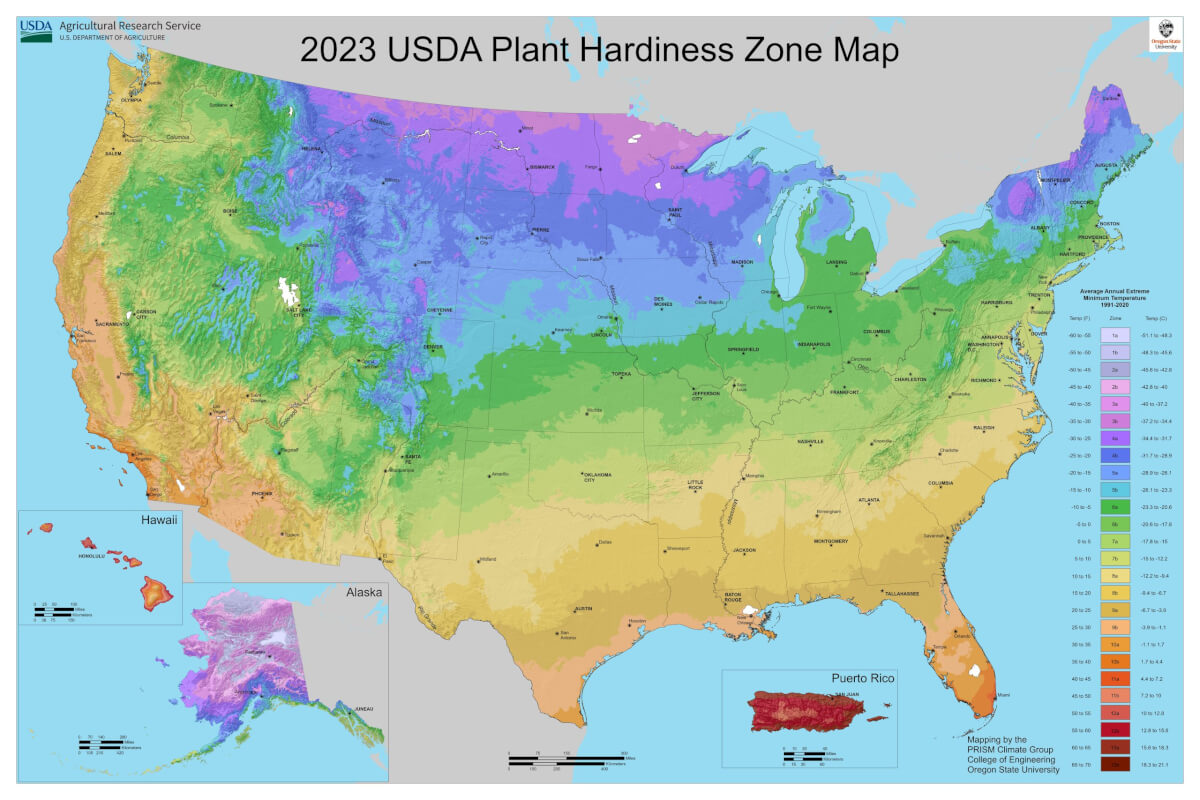
As an early gardener, I was always concerned that I didn’t live in the “correct zone” for a plant and spent way too much time trying to figure all this out.
The zones specifically deal with perennial plants, or plants that come back year after year. The zone you are in has almost no bearing on annual plants you can grow, although climate can still matter.
What really matters is that spring, summer and fall will support your annual plants.
When it comes to perennial plants, however, the zones do very much matter. We have written a fairly extensive piece on growing subarctic food forests from perennial plants.
Growing Hot Weather Plants In Cold Climates
When you’re gardening in climate extremes, such as the subarctic, there is bound to be a bit of challenge.
The largest, for us here in the northern extremes, is when we want to grow plants that prefer warmer climates. With cooler temperatures being the norm, rather than the exception, this is bound to present the gardener with some issues.
You have to take an active interest in creating the best possible environment for these plants to grow.
Examples of techniques that can help deal with this conflict include:
- Seeking varieties that are known to handle cooler climates
- Container gardening
- Raised bed gardening
- Greenhouses, hoophouses and cold frames
- Growing near thermal mass such as a home
It can heavily influence the gardening techniques you might use! Specific gardening techniques can make a big difference with your success with some plants.
We have made many attempts at growing warm weather crops in our comparatively cool subarctic summers. It is completely doable, although harvests can be quite marginal and sometimes you have to accept failure as the result.
The more you can do to create a more ideal environment for these warm weather crops, the better!
In our experience, this is especially true when you start getting into creating higher than ambient air temperatures through the use of greenhouses, cold frames and hoop houses.
Even if you are limited in these abilities, you can still have a bountiful garden harvest. You might just want to stick to cooler climate crops initially, until you have the means of pursuing these concepts.
There’s also nothing that says you can’t experiment, we do that quite frequently here. You do need a way to deal with disappointment, though, if it doesn’t work out as planned.
Grow More Based On Your Climate
The climate you live in is the deck of cards you’re dealt. Almost every climate out there has its advantages and disadvantages.
A person in Arizona would be envious of the person in the Interior of Alaska, for their ability to grow incredible leafy greens. Cool climate vegetables excel in the far north.
For us, since we’re in a cooler climate area, we try to focus a lot of our garden on cooler climate foods. If we were in a hotter climate, the opposite would be true.
What’s truly great, though, is that the list of cultivated colder climate foods are quite extensive!
Unfortunately, the extremes of climates do limit your options. You’re going to struggle growing things like okra, eggplant and super hot peppers. Some things are just out of reach or at the whim’s of each summer’s specific characteristics.
Sometimes, though, something may surprise you.
An example of something that has surprised us is just how well we can grow artichokes in the Interior of Alaska. It’s nearly a perfect climate for it, with many days under 50 degrees Fahrenheit. While they won’t perennialize for us, they can be grown as an annual quite well.
Always Grow What You Like To Eat!
The most important aspect of growing a garden is to grow what you like to eat.
If you really don’t think you’ll use a particular plant, don’t bother growing it. There’s a ton of things that we choose not to grow because we won’t use much (or any) of it.
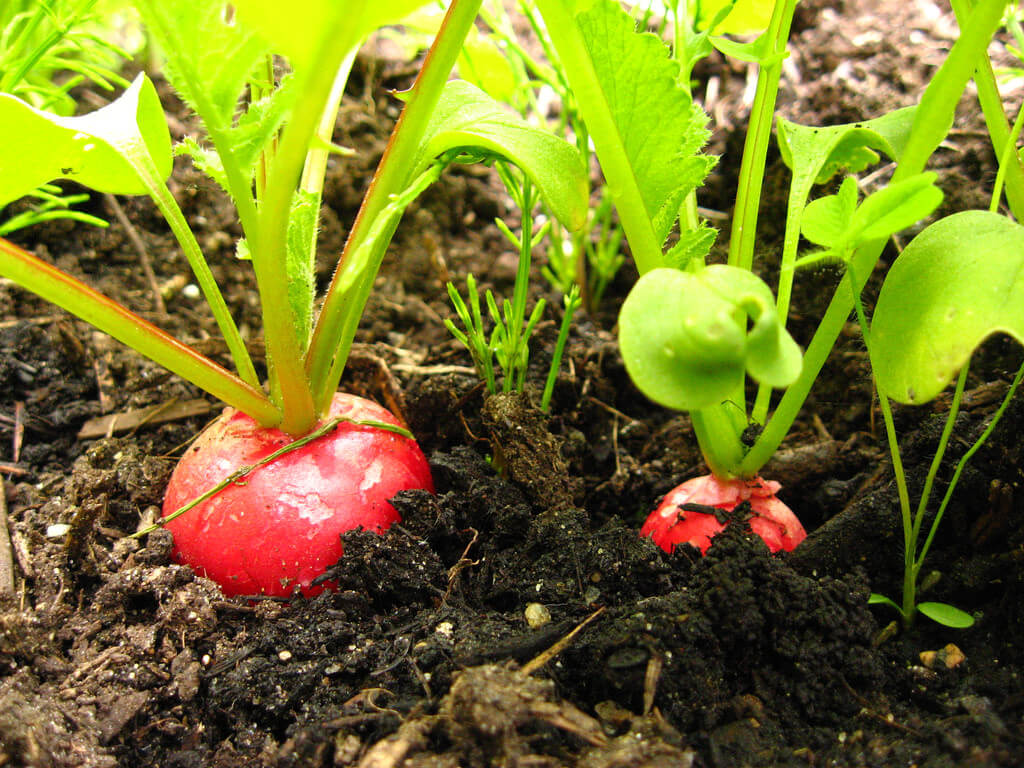
We could seriously eat 10,000 radishes if we had to. We don’t grow 10,000 radishes, but we do grow 200+ of them every year because we like to eat them that much!
Every year, though we re-evaluate our growing situation.
If we didn’t use something or it wasn’t really that desirable the previous year, we don’t grow it the following year. We’ve nixed countless herbs and other vegetables from our plans this way.
Simpler is often better. Don’t feel like you have to grow everything.
Always Consider Effort Versus Reward
Another factor you should take into account for what to plant in your garden is the effort and resources versus reward. This isn’t always a straight forward process, though.
What we essentially mean by this is that you should consider the amount of resources you have to put into growing a particular food against the value that food provides.
For example, we used to not like growing celery because it was always pretty cheap at the store and the water requirements to grow it are fairly high.
When we started growing celery, though, we found our homegrown to be so much more incredibly flavorful. In this case, the reward is worth the extra cost.
Another example would be potatoes. They grow super well in our climate, but they have several “strikes” being that they require a dedicated growing method, are inexpensive to buy and take up a lot of space.
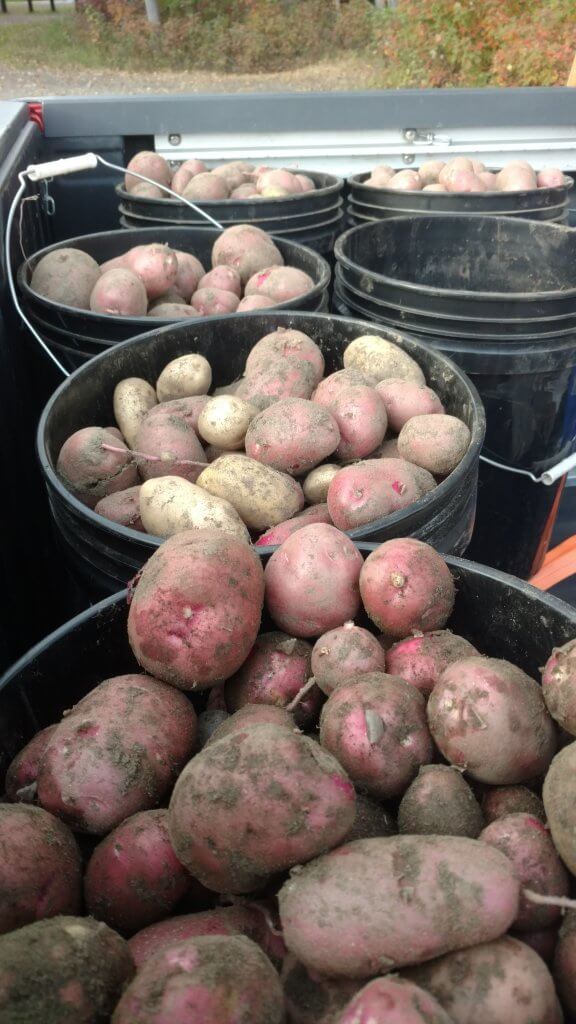
But, potatoes require very minimal management to grow and they are also fully sustainable being that we can plant each season’s potatoes again the following year. (Plus, they are a ton of fun to dig up.) In this case, it’s a labor of love.
Where we start to see conflicts in this process is growing “marginal” harvests. For example, we trialed okra in our greenhouse. Here we spent three months in super valuable growing space (greenhouse) only to get 5 total pieces of okra.
That’s a waste of time, money and resources. For the cost to grow those two okra plants, we could have bought many years of frozen okra from the grocery store!
Grow More Of What You Can Preserve
For foods that we can preserve through freezing, canning, drying or proper storage, we usually grow much more of it than we can reasonably eat when fresh.

Food preservation techniques are one of the ways to really make a garden work for you and you can enjoy your efforts well into winter and perhaps even the following year.
We really like freezing as one of our primary preservation methods. We store up a ton of blanched veggies, including cauliflower, broccoli, and brussels sprouts.
It’s also common for us to reserve a portion of our pepper harvest for freezing, these go great in practically any food that needs heat.
One of the things we tend to buy a lot of are canned tomato based sauces. From pasta sauce to diced tomatoes, this is almost always something we use a lot of over the year, whether we make it ourselves or not.
Tomatoes were the primary reason we decided to build a greenhouse. It was that valuable of a product that it made sense for us to build a greenhouse so we could grow them well and in sufficient quantities for preservation.
You Don’t Have To Grow The Same Things Every Year
As we’ve hit a cadence in our annual growing, we’ve realized that sometimes we don’t need to grow certain things every year.
This is particularly prevalent with herbs, which we commonly dry for long term storage. These dried herbs can easily last two years, or even more when properly stored.
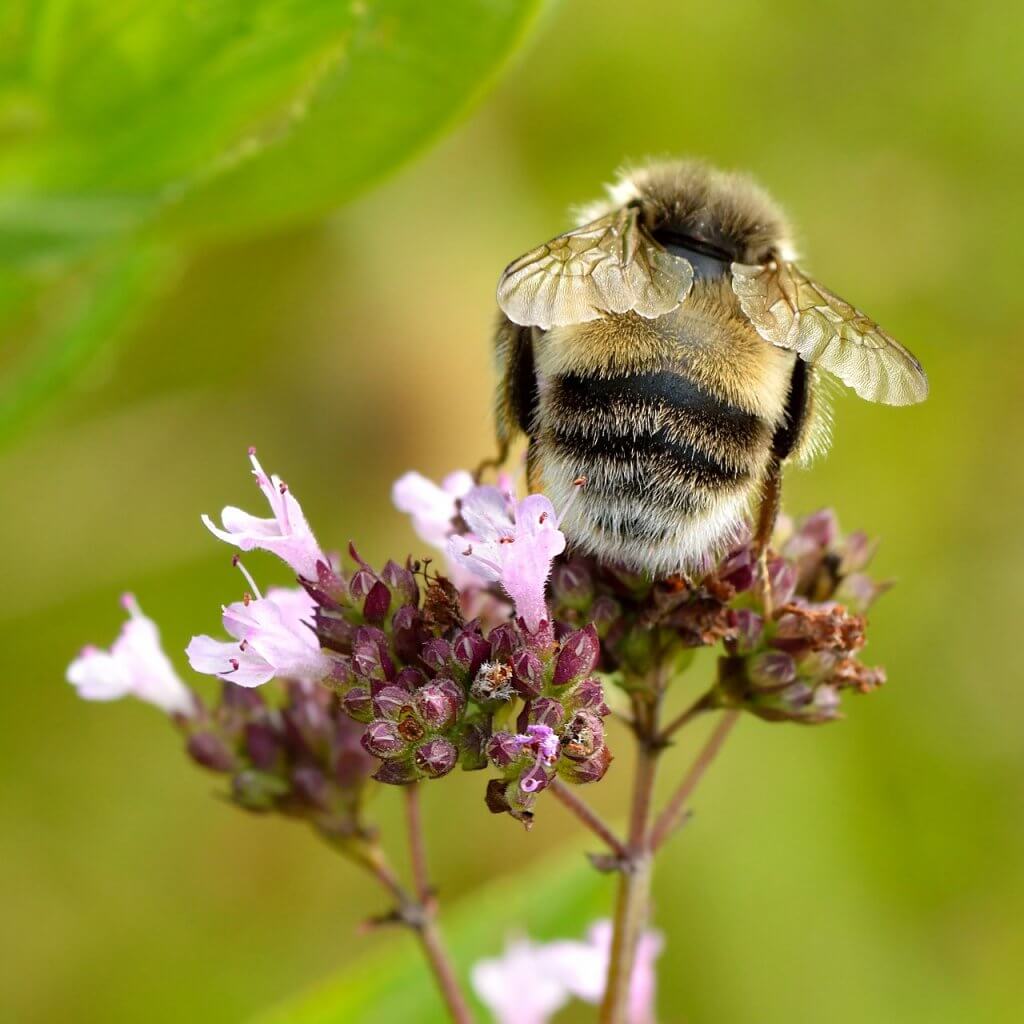
For some herbs, we simply use more of them and we also strongly desire having a fresh annual harvest. Examples of these herbs include thyme, basil, mint and parsley. These are always annual candidates for us.
Some herbs, though, we just don’t use as heavily in our cooking. We tend to grow things like oregano, sage, marjoram, fennel and others once every two or three+ years. This gets us our “home grown” supply, but also allows us to utilize our harvest more effectively.
Don’t feel like you’re in a rut and you have to grow every single thing. Re-evaluate it every year, based on what you actually need!
Minimize The Snowflakes That You Grow
When you’re trying to grow a somewhat larger garden, it’s important to streamline your processes as much as possible.
If we were to define what a “snowflake” is when it comes to gardening, it would be any plant that can’t be treated with our fairly standardized processes.

Examples of this might be seeds that require special treatments, such as stratification or scarification. It might be something that requires a month or more to germinate.
Don’t misunderstand us. We are not saying “don’t grow these things” as they can be quite valuable. Especially if you want to start growing your own subarctic perennials!
But, we are saying, the more plants you can treat in exactly the same way, the better.
What we generally try to do is minimize these “snowflakes” to one or maybe two varieties each year. Maybe we’re trying to grow a killer house plant. Or, we want to focus on building a particular type of subarctic perennial.
Growing In The Subarctic Is A Perpetual Learning Process
We hope that we’ve offered a little bit of insight into how we go about figuring out what we want to plant in our gardens.
The biggest key we would convey is that gardening is always something that is malleable and should change from year to year. There is no such thing as becoming a creature of habit.
It’s valuable to recognize that you don’t need to do everything and focusing on the value your garden provides you is vitally important!
That’s All We Wrote!

Having a good time? We have an ever growing list of insightful and helpful subarctic & cold climate gardening articles, waiting out there for you!
- Cold Climate Gardening Basics 👉
- Growing Your Garden From Seed Indoors 👉
- Advanced Cold Climate Gardening Techniques 👉
- Plant Specific Cold Climate Growing Guides 👉
- Subarctic Perennial Food Forests & Foraging 👉
- Indoor Garden Lighting & Grow Rooms 👉
- Greenhouses & Temperature Control 👉
- Harvesting & Food Preservation 👉
- Solving Cold Climate Garden Problems 👉
- 1 Minute Reads On Tons Of Garden Topics 👉
FrostyGarden.com is 100% ad-free and we do not use affiliate links! This resource is voluntarily supported by our readers. (Like YOU!) If we provided you value, would you consider supporting us?
